Have you ever wanted to grow your own blueberries? Berries can be expensive at the grocery store, and even buying a blueberry bush at the nursery can get pricey.
However, if you have just one blueberry plant, you can easily establish a huge blueberry patch for a small fraction of the cost of just one nursery potted plant.
If you have access to just one healthy, vigorous blueberry plant, that’s enough to propagate dozens of new plants within a few years.
With just a bit of patience, you can grow multiple plants from your original plant by propagating it, and the tips that follow will help you to do so successfully, focusing on propagating from cuttings.
Jump to:
About Blueberries
Blueberry plants are perennial flowering bushes, native to North America, that are also grown commercially across the Americas and Europe.
Blueberries are a very popular fruit that is often hailed as a “superfood” by the health community, as they are an excellent source of vitamins and antioxidants.
In addition to being extremely beneficial to one’s health, they are also delicious and can be enjoyed raw or incorporated into other dishes.
For ideal growing conditions, blueberries need rich, acidic soil that has both good moisture retention and excellent drainage. The soil should have a pH range of 4-5.5, be rich in organic matter, and sandy soil is preferable to dense, clay soil.
Blueberry plants need full sun to grow and fruit well, and to avoid common diseases. While blueberry plants are self-fertile, it’s best to plant more than one variety for the ideal pollination.
The key to growing blueberries is to be patient: three-year-old plants may produce a small harvest, but a meaningful harvest may take as long as six years.
Varieties
Blueberries are a great crop choice for gardeners since they are both a delicious fruit crop and an attractive landscape shrub.
However, as you get started, you’ll have to select the particular varieties best suited to your garden, goals, and climate. There are two main types of blueberries available in commerce – Highbush and Lowbush.
Highbush blueberry varieties (Vaccinium corymbosum) are tall, and grow much bigger and more abundantly than lowbush.
Highbush blueberries are deciduous, perennial shrubs. In the spring, their red leaves mature into a beautiful blue-green and turn fiery shades again each fall.
The blossoms are white or pink, appearing in clusters at the stem tips, and then are followed by the blueberries.
There are two varieties within highbush – northern and southern. The northern type grows in areas with cold winters whereas Southern highbush blueberries don’t like such cold weather. They thrive in a Mediterranean climate and can grow in warmer climates, and do not require winter chilling.
The best northern highbush cultivars that grow in gardens are Blueray, Jersey, and Patriot, and common Southern highbush cultivars are Cape Fear, Gulf Coast, O’Neal, and Blue Ridge.
The lowbush blueberry (Vaccinium angustifolium) is also known as the wild blueberry. It is native to the colder regions of the country, like New England.
They are hardy shrubs, growing knee-height or shorter. They sprawl as they mature. The berries are small and very sweet.
These plants do need winter chilling in order to grow a good crop of fruit. The best lowbush blueberry varieties that are often grown most frequently in gardens include Chippewa, Northblue, and Polaris.
Choosing Varieties Based on Hardiness
It’s important to choose varieties that will grow well in your area. One of the most important things to consider is your hardiness zone, and which blueberry varieties will do best in your area.
Of course, a plant that is already thriving in your neighborhood is clearly adapted to the environment there, which makes this the ideal option.
However, if you are hoping to buy a few nursery plants and propagate from there, understanding the hardiness of different varieties will be very useful to you.
The USDA has a plant hardiness zone map so gardeners can easily understand the climates necessary for each plant, and where individuals live in relation to that map. For example, zone 2 and 3 are much of New England and the northern Midwest.
The tip of Florida, on the other hand, is Zone 10 or 11, and the tropical climate of Hawaii is 11 or 12. Many blueberry varieties are only hardy down to zone 5, but there are some that are more durable and are hardy to zone 3.
This makes them a very adaptable plant that actually can grow well, even in colder climates across the northern parts of the United States, as long as you ensure you have the varieties that are hardy down to your temperature.
Similarly, the majority of blueberry types don’t grow well in areas that never get cold. Most blueberry varieties require at least 800-1000 “chill hours” to reset their system so they are able to break dormancy in the spring and bear fruit.
Without those chill hours, they will likely live, but they will have less excellent crops each season. There are also some varieties that require less chilling time, only around 150-800 hours depending on the type - so if you live in the warmer regions of the United States, these are likely going to be the best option for you.
Ways to Propagate Blueberries
There are three main ways to propagate blueberry plants. You can propagate from seed, sucker, or cutting - this article will focus mainly on propagating from cuttings though we’ll give a brief overview of each.
You can easily use the many tiny seeds in each blueberry to seed new plants – the best way is to sprinkle the seeds evenly in moist sphagnum moss, and keep it in a relatively dark location. It will take about a month to germinate, at which point the seedlings can be given more light.
Once they’ve reached about 2-3 inches (5-8 cm.) tall, you can carefully transplant to individual pots. Water well and keep in a sunny location. Set them out in the garden after the threat of frost has passed.
Alternatively, you can also grow blueberry suckers, which are just baby plants that grow from the horizontal roots of the parent.
Blueberry bushes will sometimes put up new shoots several inches from the base of the main plant, so carefully dig these up with roots attached. Prune back some of the stems before transplanting, or the small number of roots won’t be able to support the plant.
Pot the suckers in a 50/50 mix of potting soil and sphagnum peat moss, which should provide enough acidity as they form new growth, and give them plenty of water without drenching the plants.
While propagating from seed or sucker can both be successful, the most popular way to propagate blueberries is from cuttings.
Tips to Propagate Blueberries from Cuttings
Depending on the time of year, there are two ways to propagate blueberry plants. Blueberries usually are propagated from softwood or hardwood cuttings by cutting selected twigs from healthy, disease-free mother plants. Each method will require slightly different care and has its own benefits and drawbacks.
1. Hardwood Cuttings
The first way to propagate your blueberry plant is through hardwood cuttings.
These are gathered in the winter after sufficient chilling has occurred, usually late January through February, when the blueberry bush is dormant.
Look for a 6 to 12 inch long, ¼-inch-thick cutting that grew the previous summer and has no signs of damage or disease.
Young first-year wood works best for this, as blueberry plants don’t propagate as easily from older woody cuttings.
Snip the cutting at a 45-degree angle using sharp pruning shears. Pot the cuttings immediately, only one in each pot, with the bottom third or half-buried in the soil. Place the pot outdoors in a bright, sheltered location.
Keep the cuttings misted, and the growing medium moist, but not soaked. Most blueberry hardwood cuttings will root in three to four months.
2. Softwood Cuttings
If you are propagating in late spring or early summer, this is the best time to gather and start softwood cuttings. To do this, cut a 4-5 inch piece, taken from the tip of a new shoot – make sure the base of the stem is slightly woody, and the leaves at the top are not quite mature.
These should not be very young shoots with light green newly unfurled leaves, nor should they be older stems with mature leaves. Cuttings taken too early may readily wilt, while cuttings taken too late may poorly root. An “adolescent” shoot will root best.
Rooting usually is more successful when cuttings are taken from the first flush of spring growth. However, cuttings can be collected from growth flushes occurring later in the growing season.
Once you’ve found your ideal softwood cutting, use your sharp pruning shears at a 45-degree angle to cut and then remove any foliage from along the bottom inch or two.
Place the cutting with the leafless portion of the stem below the soil in a pot, and place the pots in a sheltered bright location out of direct sunlight. Keep the growing medium moist and do not let the cuttings dry out.
It will take a few months for the cuttings to root.
Many gardeners wonder if it’s better to plant from hardwood or softwood. Each cutting type has its benefits, although hardwood cuttings are preferable for home gardeners because they’re less perishable and require less monitoring.
Softwood cuttings have the added benefit of producing roots and shoots much faster than hardwood cuttings but are more fragile. Either way, both varieties need several years of growth and maturation before they’ll bear fruit. You simply need to ensure you do the right kind of cutting at the right time of year and care for them appropriately.
3. Caring for Blueberry Cuttings
Before you begin cutting, it’s important to prepare for success. One-gallon nursery pots with drainage holes at the base work well for starting blueberry cuttings.
Prepare a pot for each cutting, filling the pots with a moistened mixture of 1 part peat moss and 1 part sand. This will ensure they have the acidic, well-drained soil that will allow them to thrive.
Before they root, ensure that you are keeping your cuttings in a sheltered location with bright but not direct sun. Regardless of if they are hardwood or softwood cuttings, the growing medium should be kept moist, usually done best through misting, so you can be sure they have enough water to start rooting.
Once rooted, blueberry cuttings require very little hands-on care. Occasional misting or watering will help keep them hydrated and healthy, and additional fertilizer can help them to continue to grow well.
You can put your plants into larger, two-gallon nursery pots as they grow. Keep growing the blueberry cuttings under light shade until the following autumn before transplanting them into a container or permanent bed. Blueberry plants should be spaced in a row about 4 to 5 feet apart; adjacent rows should be spaced 9 to 10 feet apart, which will provide plenty of room for harvesting.
Once your blueberry cuttings are healthy and rooted, you can treat them just like any blueberry plant. Blueberries need rich, acidic soil that has both good moisture retention and excellent drainage.
Whether you choose a container, a raised bed, or a regular garden bed, make sure the blueberry plants will receive around six hours of sun each day, enough space to accommodate the variety’s mature spread, and the acidic soil it needs to thrive.
Conclusion
Blueberries are a popular and relatively easy plant to grow in your garden and provide a successful gardener with delicious fruit.
Before growing your own blueberries, research the hardiness of the varieties you have selected and ensure you can provide the ideal growing environment.
As you’re expanding your garden, purchasing from a nursery can get expensive. Grow your own blueberries in your backyard by propagating plants that you already have.
If you are willing to wait an extra year or two, you can save hundreds of dollars by propagating your own blueberry plants instead of purchasing directly from a nursery.







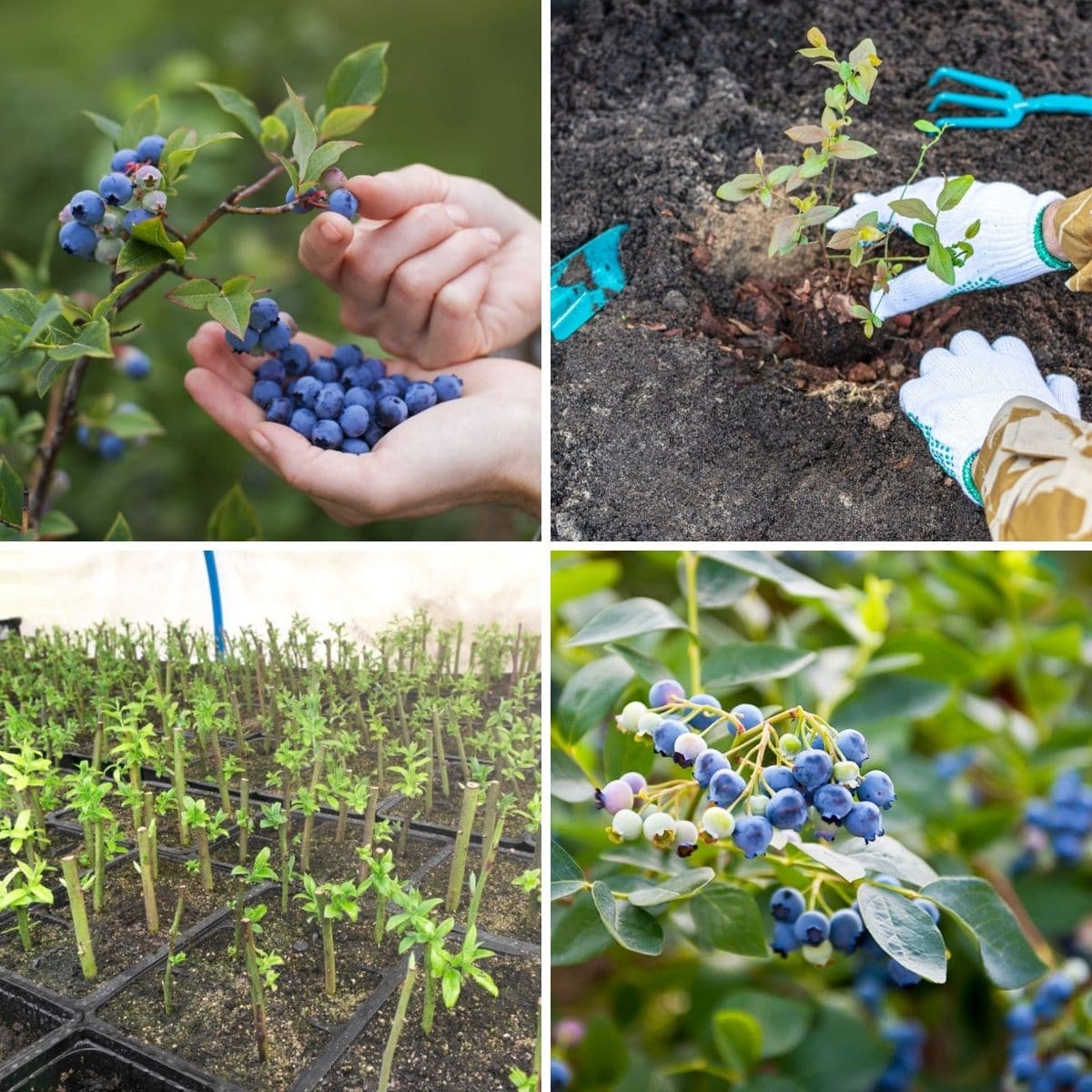
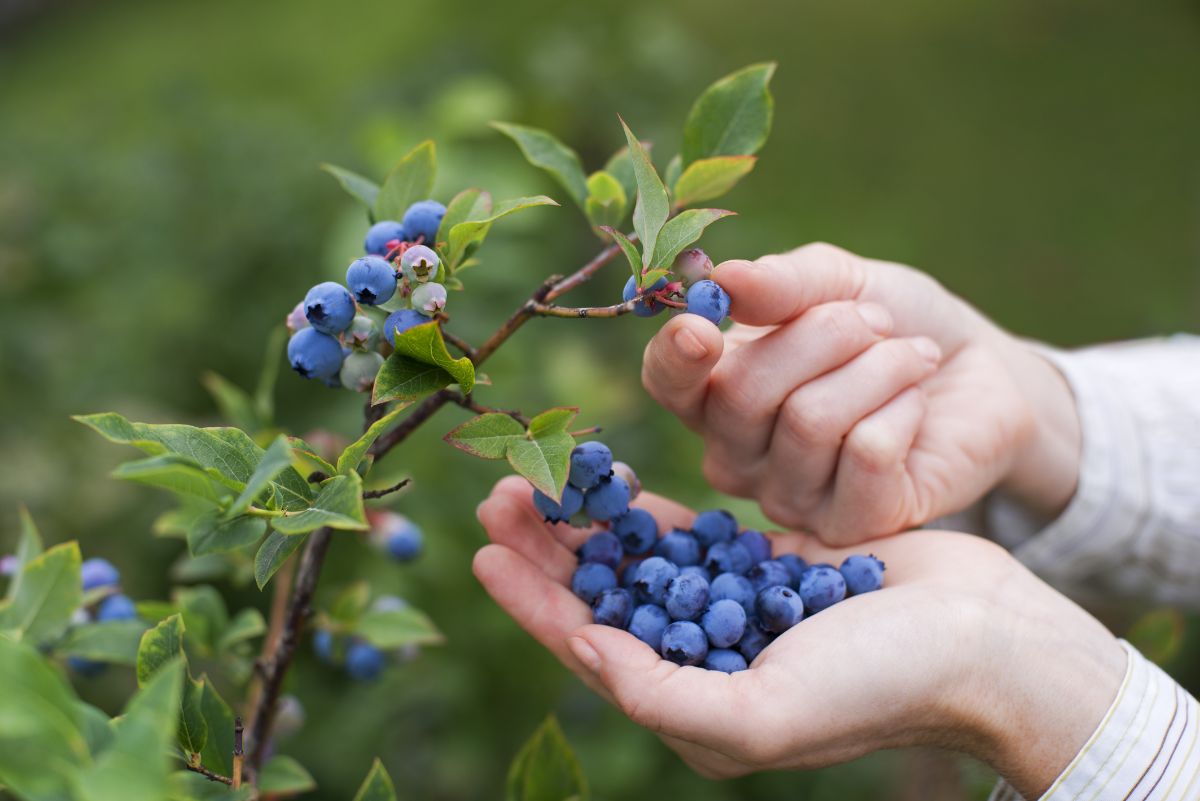
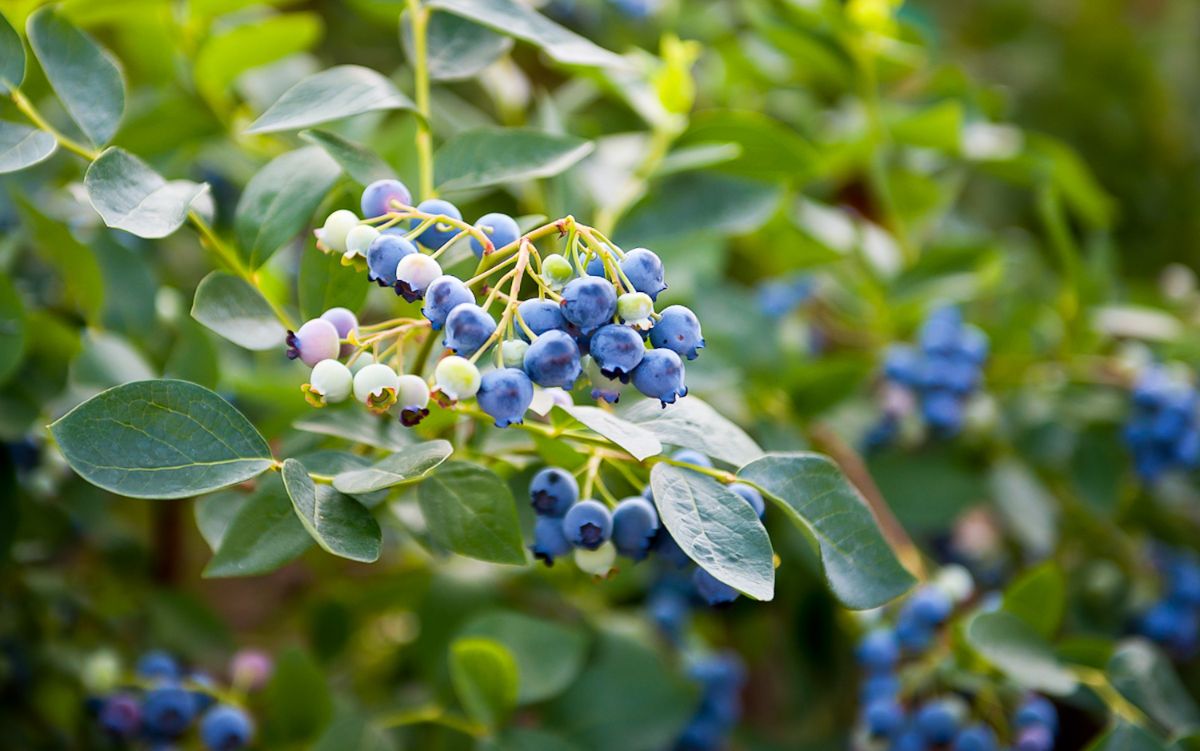
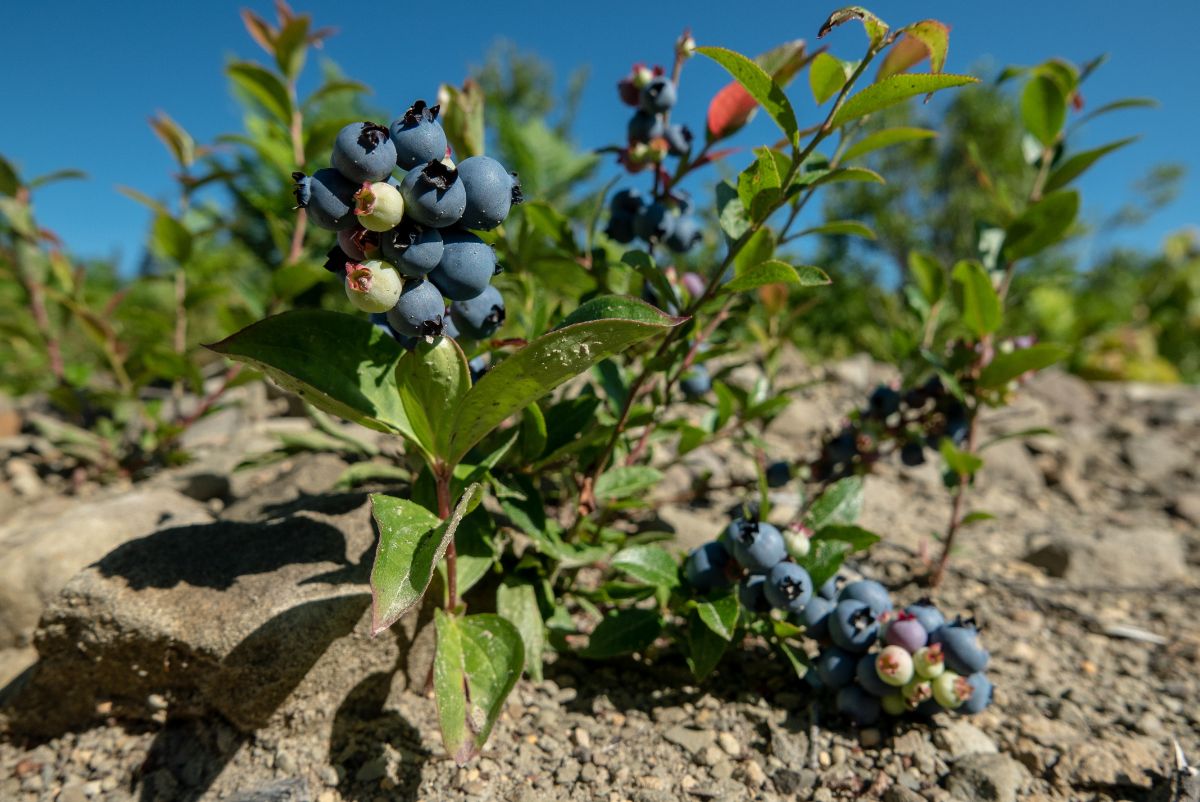
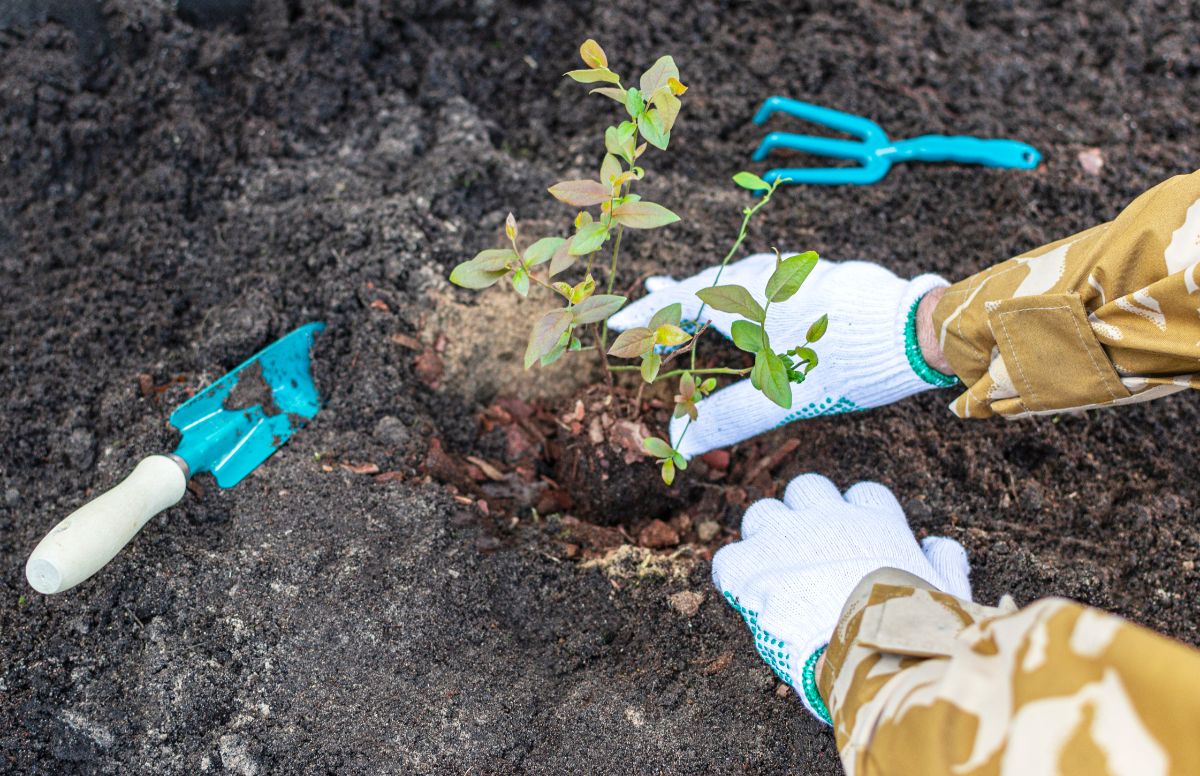
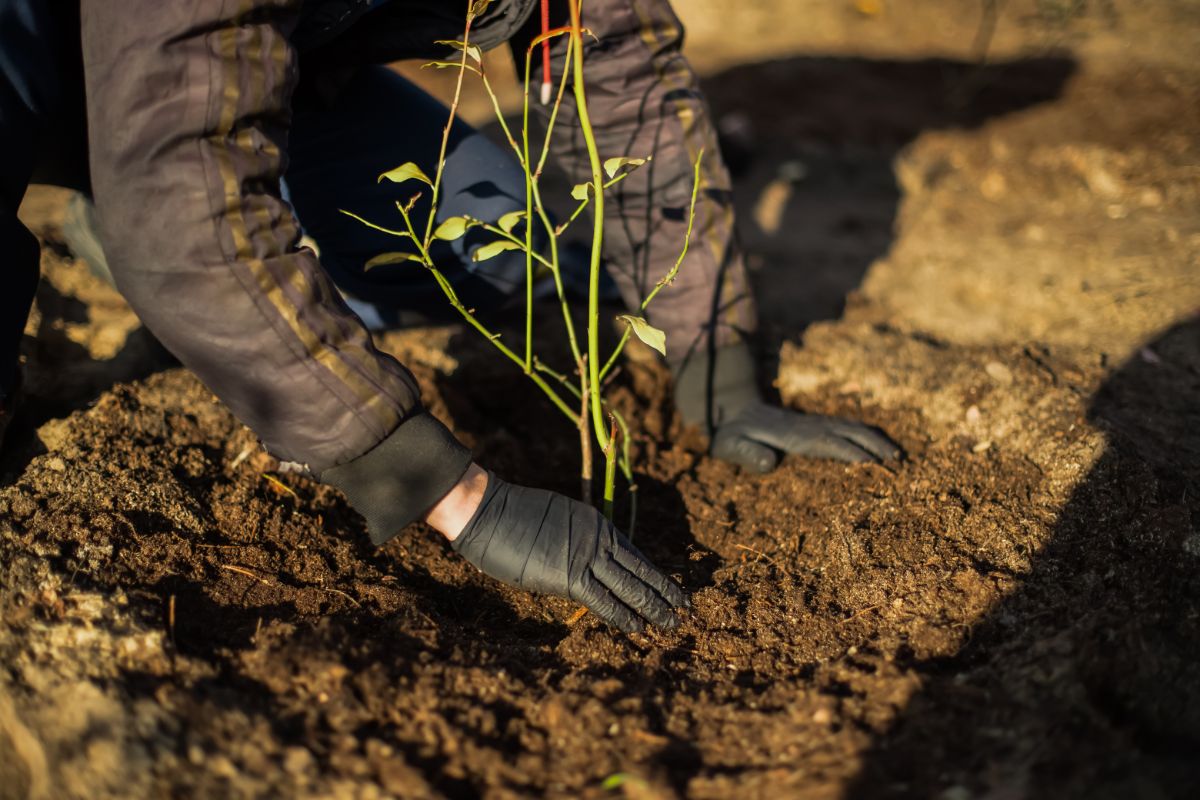
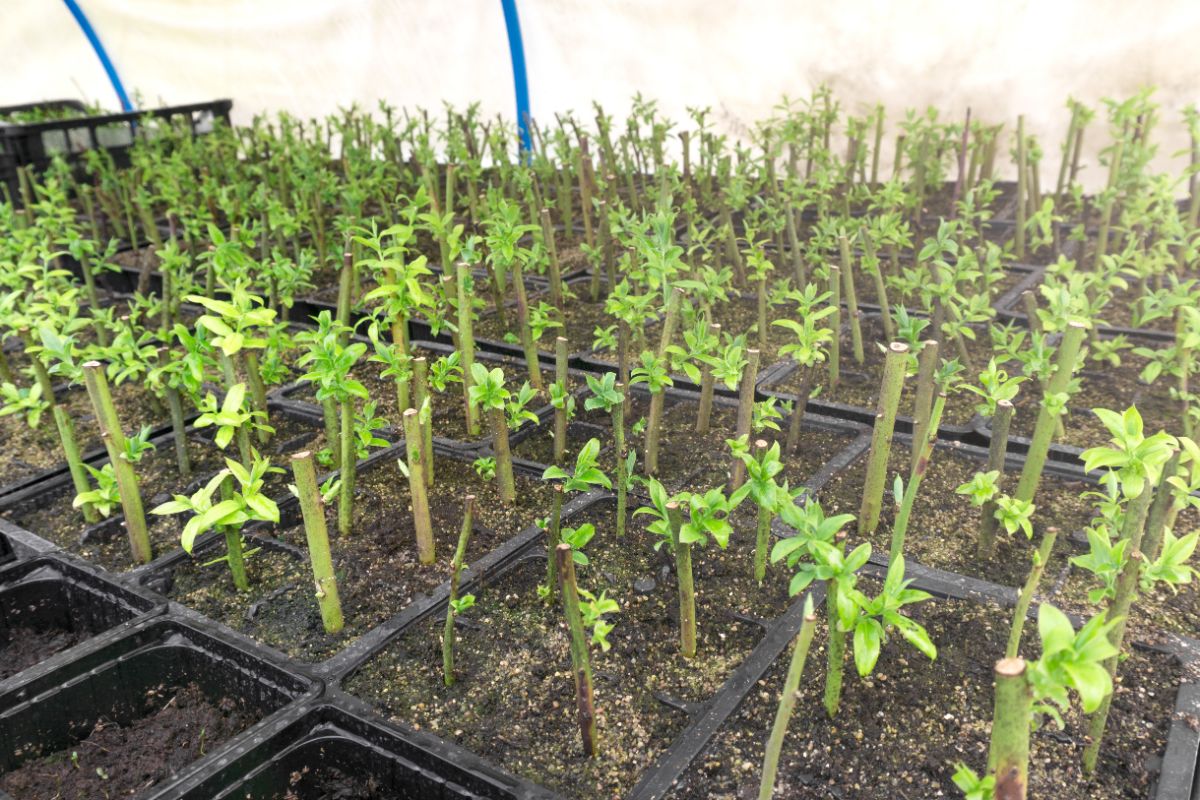
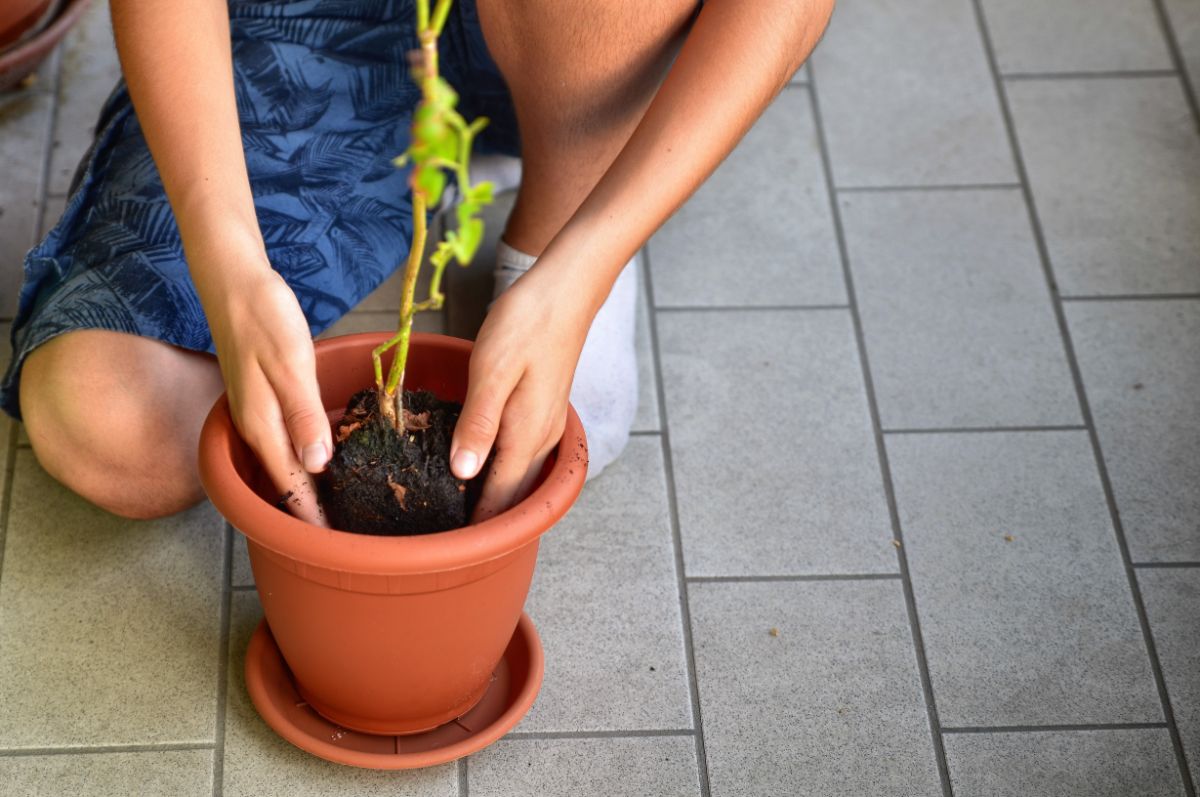




Sandy
This is great info, thank you! I have a question: when taking hardwood cuttings in late Jan/early Feb, after potting them up, you say to leave them outside? I'm in zone 6--do you think they'll root OK in the cold? Thank you for your help.
P. Hughes
Thank you for your info on propagating blueberries it was very helpful.